 The symbols in Mayan clothing and textiles is much more than distinctive decoration. The patterns tell a story based on the type of garment being made, what the cloth is eventually used for and the influences that the individual weavers bring to their looms.
The symbols in Mayan clothing and textiles is much more than distinctive decoration. The patterns tell a story based on the type of garment being made, what the cloth is eventually used for and the influences that the individual weavers bring to their looms.
The traditional brocade designs of the Chiapas Maya are drawn from local history and mythology. Diamond designs refer to the shape of the earth and sky. Undulating designs, often called snake or flower, symbolize the fertile earth with its abundance of holy plants and animals. Each village, inspired by local custom and tradition, creates garments that are a direct reflection of their daily life and beliefs and each designer puts her individual signature on the pieces made. The result is a unified expression of their heritage that is a symbolic representation of each community
______________________________________________________
This cross-stitched dress from the village of Chalchihuitan is a perfect example of the geometric designs used to depict the earth, sky, and various gods and goddesses from ancient times. The designs are timeless and this dress fits right in to today’s ethnic fashion trend. Big gold hoop earrings, some strappy sandals and you’re all set for summer.
Textiles inspired by brocade fabrics brought over by the Spanish are the inspiration behind these beautiful shawls. The flowers are symbolic of the Earth’s fertile abundance, while the contemporary colors are a reflection of a younger generations influence. This piece that we brought back from Zinacantan would work perfectly with jeans, black tank top and some great high shoes or boots. They are quite stunning to see up close.
The village of Tenejapa was where we found these black woolen shawls. Women throughout the village wore one, each slightly different as a result of one’s embroidery and pom-pom design. Woven from wool, the texture is almost like a fur and keeps them warm in the winter months, similar to a blanket. It created a striking visual when they were gathered together in the market. They are perfect for layering over a jean jacket in the fall to add something special to an outfit.
These delicate shawls from the village of Huixtan show the intricate needlecraft of the women from this region. You can see the incredible skill of their handwork in the close-up. They’ve created these lightweight pieces in absolutely joyful colors that are perfect for cool summer evenings.
Our cross-stitch tops from Chiapas are filled with a riot of color. The patterns in these tops can be just geometric, just floral or a combination of both. We love them with a pair of jeans. Check out all our styles at FTWWL
These tops, from San Andres Larrainzar, are said to have their origins from missionary nuns coming to Mexico and teaching the women embroidery styles popular in Europe at the time. Also done in a cross-stitch pattern, you can see the designs are much more fluid and romantic. Again illustrating the unique influences of each village.
Expertly crafted by the women of Chamula, these traditional satin blouses can take up to two months to complete. The intricate handwork is evident in the bodice, telling the tale of the woman who made it and the particular village it came from. In these small communities, it’s important to continue the embroidery tradition, yet equally important to allow for each woman’s creative spirit to thrive. They’re absolutely beautiful…easy to wear day or evening.
Finally, these wonderful white dresses embroidered in vibrant colors are typical to the village of San Juan Cancuc and traditionally worn by men, yet, when I found them I felt they would be perfect as a summer dress or cover-up. We think they’d look great paired with sandals for an effortless and unique look.
You can find all these new items and much more on our site From The World With Love: Mexico.
Mexico is just the beginning of the adventure. You can shop India, Ethiopia, Thailand and Paris too!







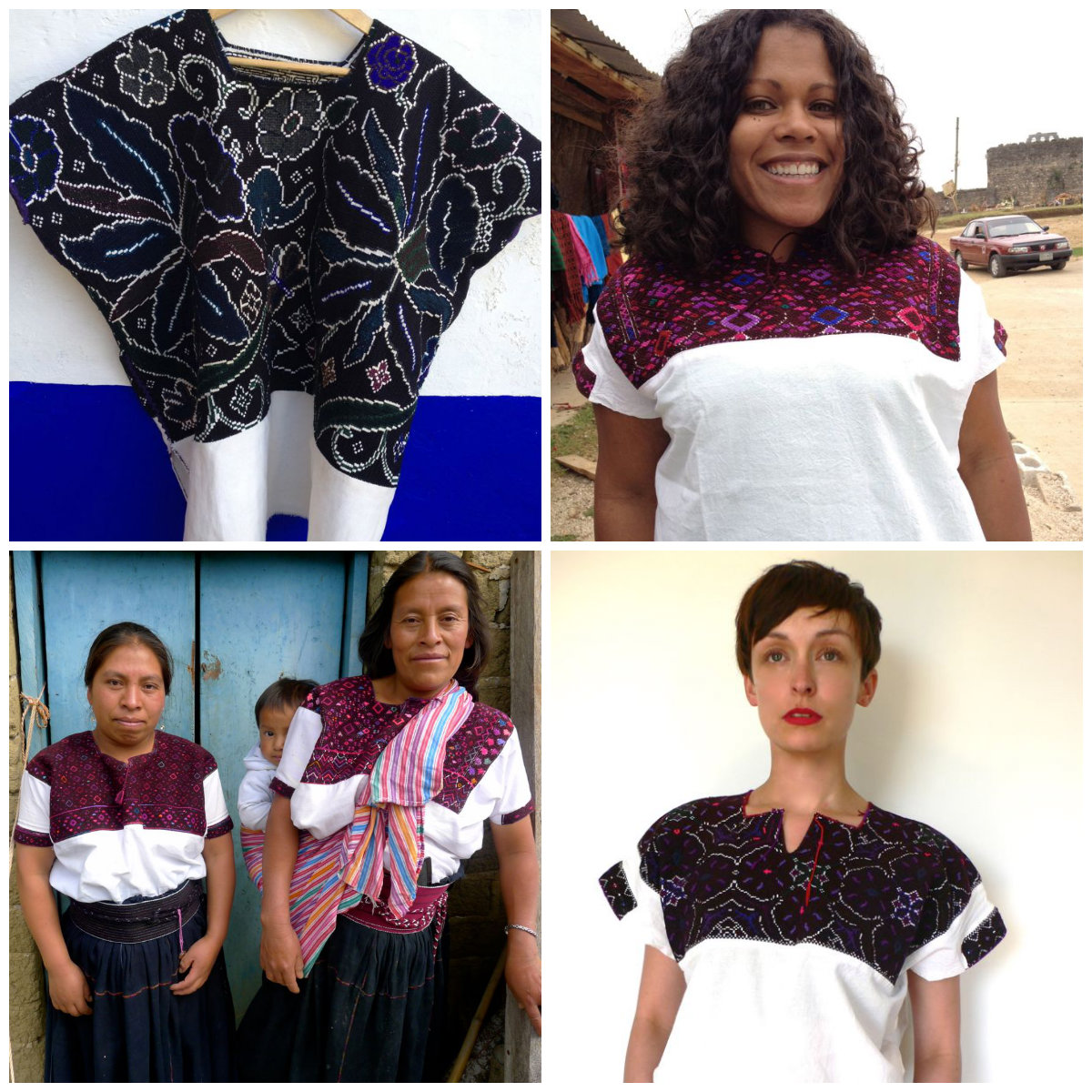



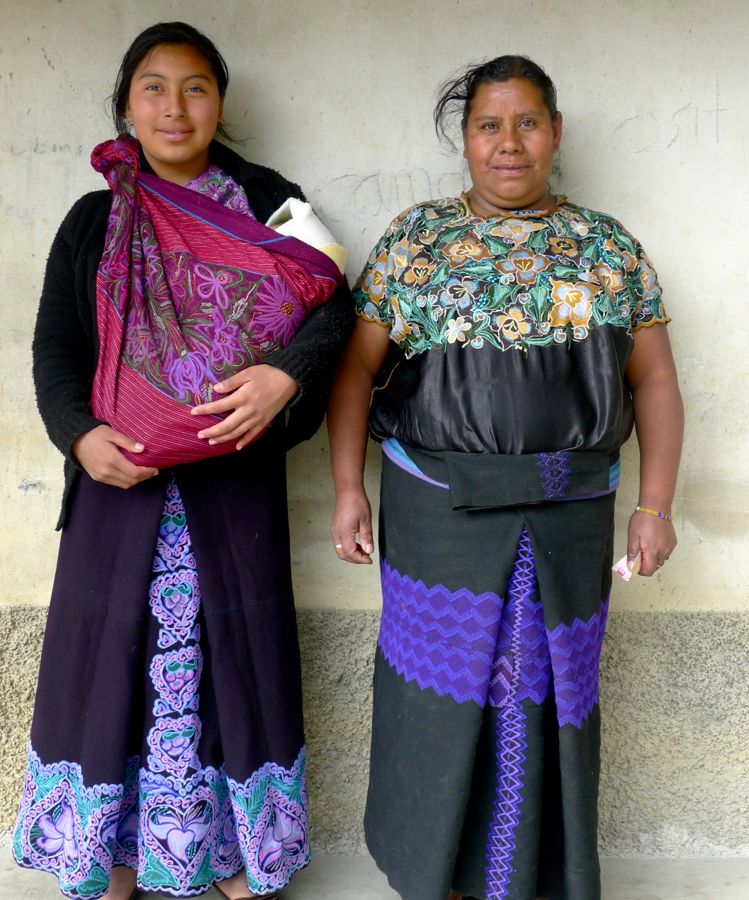

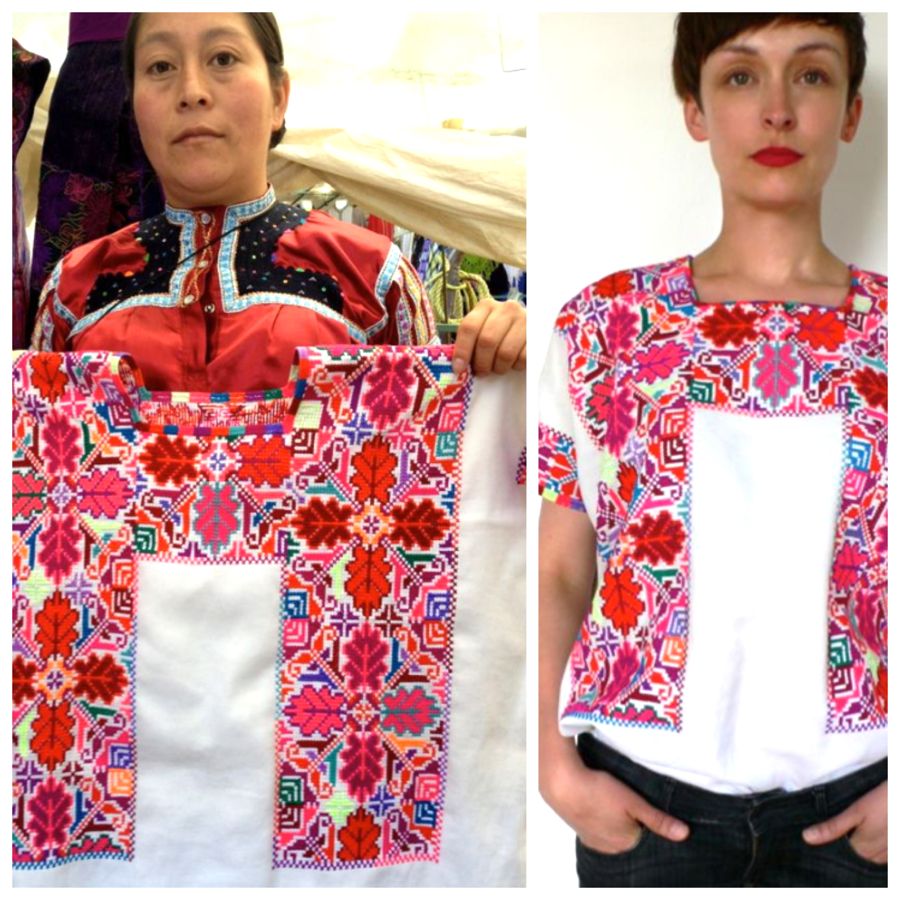


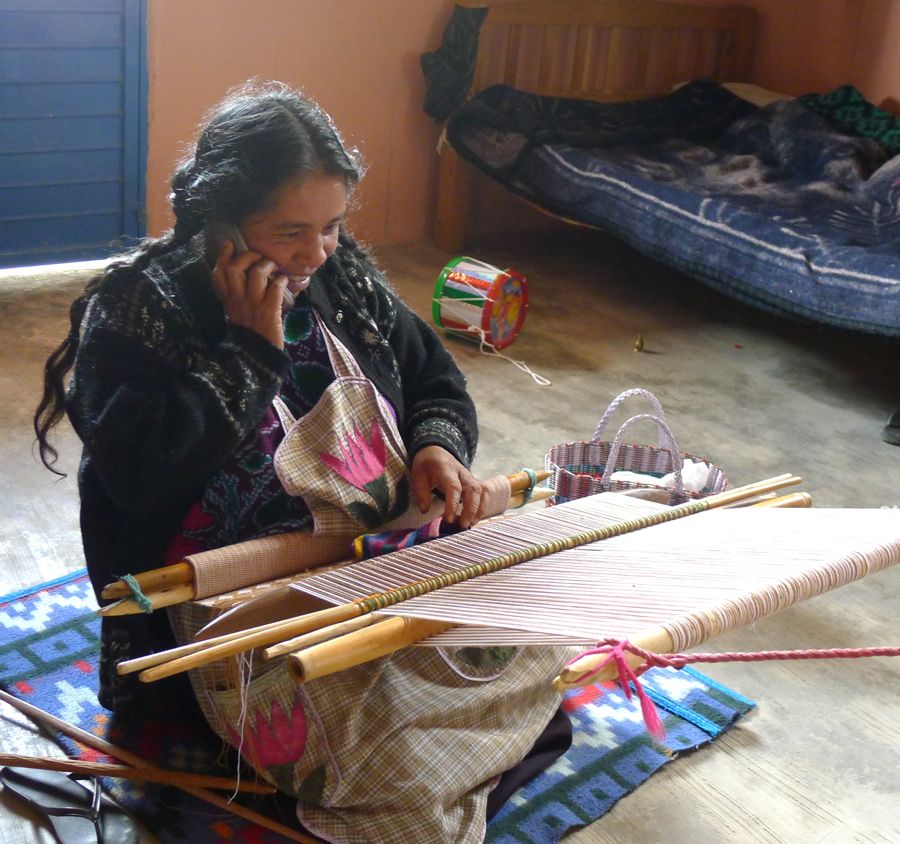




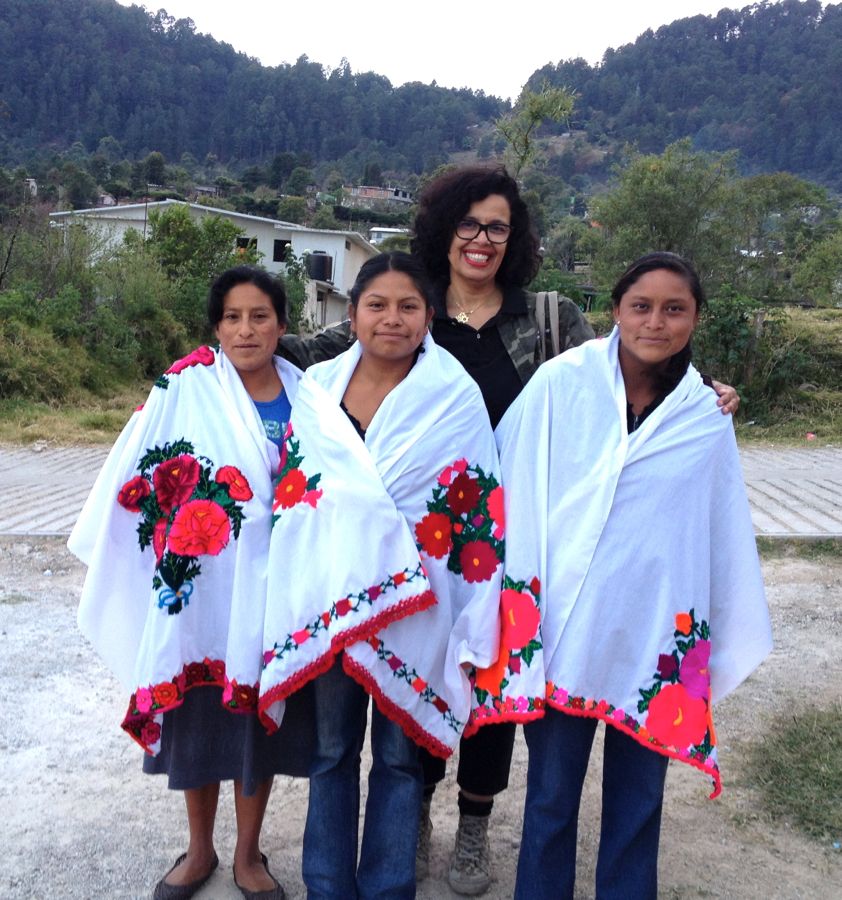



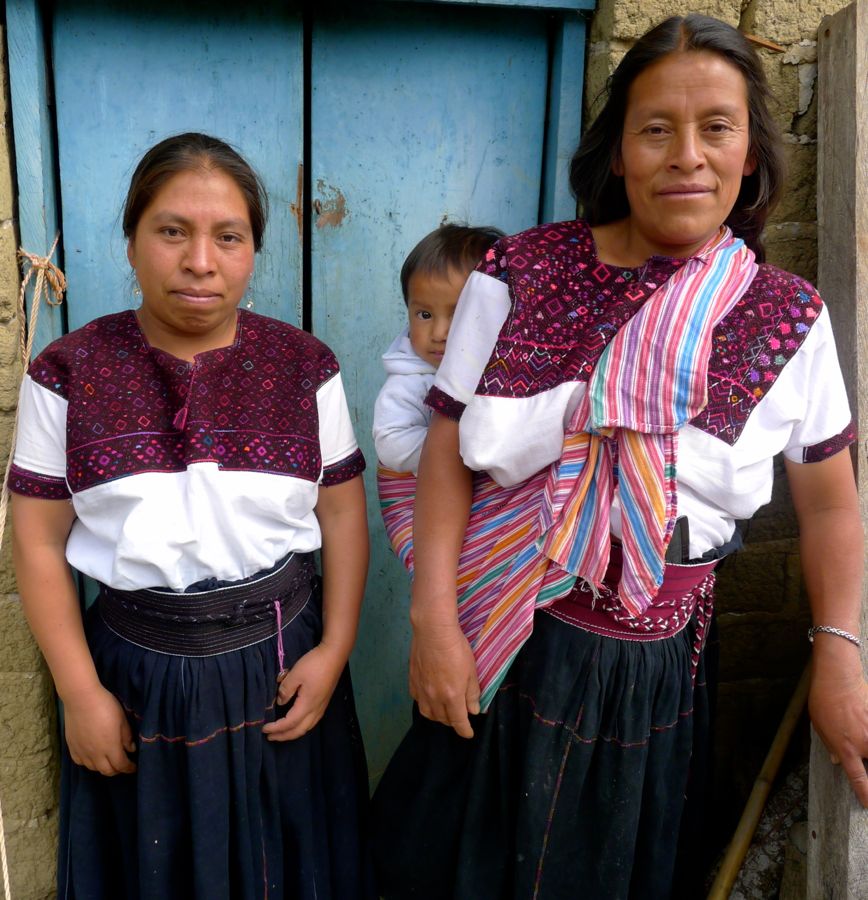

Recent Comments